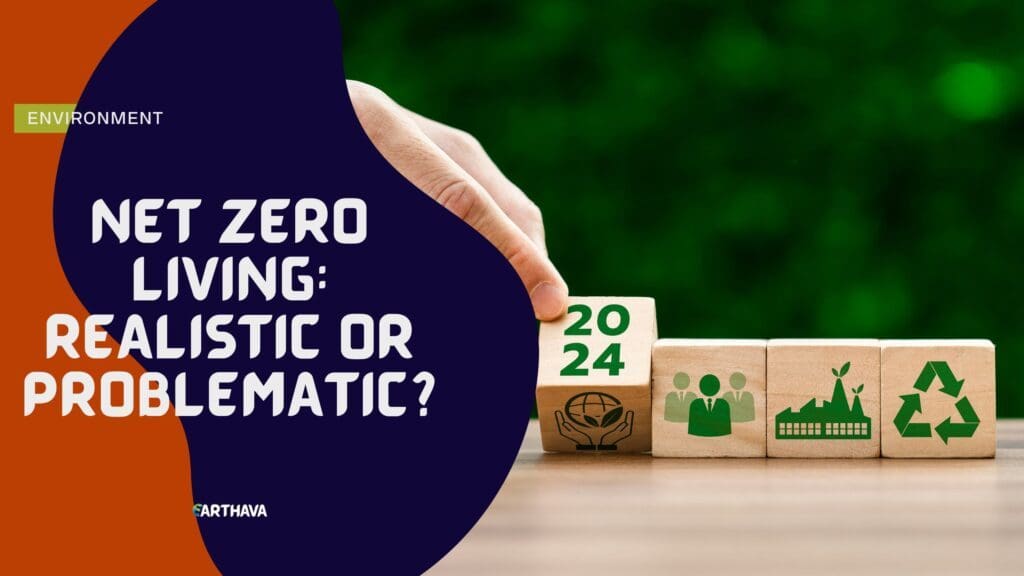It’s pretty safe to say that most people have a stance already about the world coming to an end and what everyone should do about it. You’ll find those who believe that everything is the same way it’s always been, so who cares about the landfills or saving the sharks?

Then, some people will use the reusable cups at Starbucks but throw away a massive cardboard box from Amazon. Finally, some people try to do their part in reducing their carbon footprint, and they’re living as modern-day hippies.
There’s some room in between, but for the most part, people are at least semi-aware of carbon footprints and sustainable energy. If they’re not, they haven’t been paying attention to the marketing campaigns all around them.
Many people are also on board with trying to be greener, but this change can come at a price. Whether it’s switching to a smaller, electric car or investing in a net zero home, is it realistic to make that switch, or would it just make things worse in another way?
What Does Net Zero Living Look Like?
One of the biggest terms that tend to go hand-in-hand with net-zero living is “return on investment,” meaning that the initial cost may be pretty hefty compared to traditional homes, cars or what have you, but the savings that you’ll have in the long run will eventually surpass that expenditure.
So what would that look like financially?
Depending on the location, solar panels could help save money for businesses and homeowners by quite a bit. The goal of net zero living is exactly what it sounds like — living costs equaling zero. This means unless you have a mortgage or rent payment, your electric bills would be nonexistent. The best part? Solar power is better for the environment than nuclear energy and coal burning.
Not a bad deal for environmentally-conscious consumers and businesses. But are long-term savings realistic for everyone, everywhere?
Is Net Zero Truly Attainable?
One of the biggest problems is that for some locations, solar panels can end up costing more. If there isn’t enough sunlight or there are too many trees that would block sunlight from the panels, it actually wouldn’t save energy or money. Not to mention there would probably be an increase in sawing down trees for the sake of net-zero living.
The other setback would be the housing market. With the big push to rent rather than own in big cities, it may not be realistic to add solar panels when the solution is most likely caulk and insulation. It also wouldn’t help that part of that push is due to costs. If people are unable to afford houses right now, it would definitely be more difficult to sell a home that costs even more because of solar panels.
So what’s the solution?
How to Live a Net Zero Life
Even if net-zero living isn’t a realistic option for everyone, there are still ways to reduce energy usage in general. A lot of solutions are super simple and don’t require anything more than awareness and action. This process would be something anyone could do, but it would be handy for people who can’t realistically afford net-zero homes or don’t live in ideal conditions for them.
For those who do live in an ideal space for solar panels, homes can be designed with net-zero living in mind. If solar panels aren’t installed originally, some homes available are equipped to have them installed as well.
Net-zero living can even be attained in parts of the home like basements or garages, which are usually energy-wasting hotspots. For example, high-quality insulation for a garage provides energy efficiency for temperature monitoring, while thermal storage technologies can provide energy-saving solutions for basements.
When it comes to businesses, some lower overhead by selling excess energy to local providers or marketing sustainable efforts. Doing so not only raises awareness but also keeps energy sustainable.
Policy-makers have a huge part in making net-zero living possible. Advocating at local meetings and attending rallies is another way to show your city or state that this issue is important and needs to be addressed.
Every Step Matters
When it comes to carbon footprints, every step of the way is important. Net zero housing is a possibility for many homeowners, renters, and businesses. It’s an investment that gives back not only to your wallet but to your environment as well.

